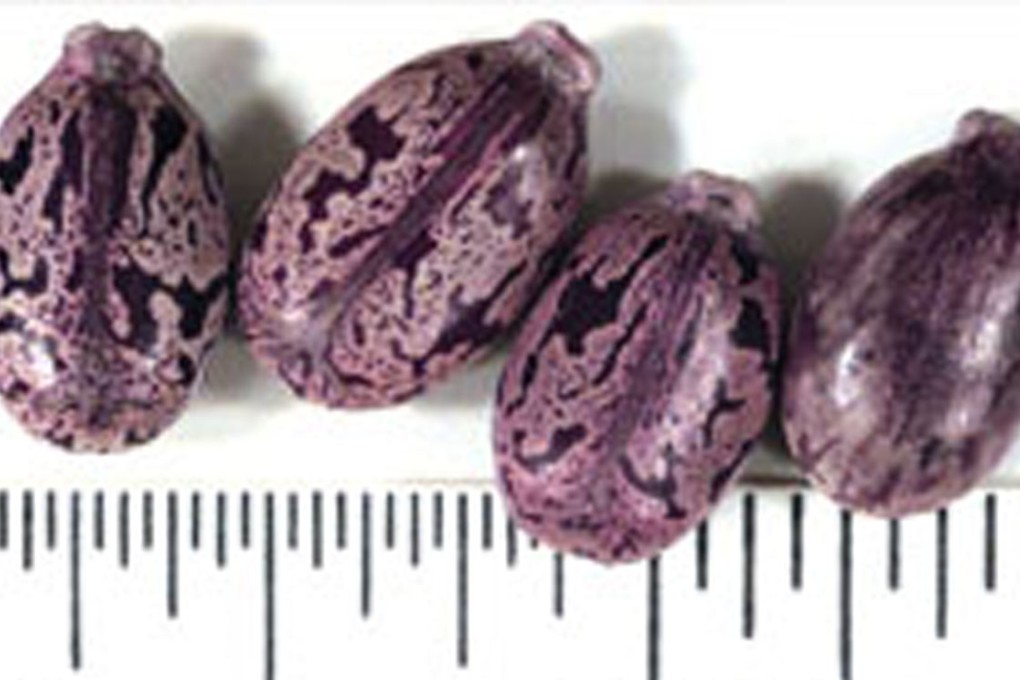US health agency finds old ricin, other deadly pathogens in labs
Investigation of research facilities uncovers forgotten deadly samples

The National Institutes of Health said it had uncovered a nearly century-old container of ricin and a handful of other forgotten samples of some dangerous pathogens as it combs its laboratories for improperly stored hazardous materials.
The agency began an intensive investigation of all its facilities after a scientist in July found vials of smallpox dating from the 1950s, along with other contagious viruses and bacteria that had been stored and forgotten in one lab on the NIH's campus.
On Friday, the NIH said in different facilities, it found small amounts of five improperly stored "select agents", pathogens that must be registered and kept only in certain highly regulated laboratories. All were found in sealed and intact containers, with no evidence that they posed a safety risk to anyone in the labs or surrounding areas, the agency said in a memo to employees. All have been destroyed.
They included a bottle of ricin, a highly poisonous toxin, found in a box with microbes dating from 1914 and thought to be 85 to 100 years old, the agency said.
The bottle was labelled as originally containing 5 grams, although NIH doesn't know how much was left.
Ricin has legitimate research uses, the NIH said, but was not studied in this lab. Also discovered were samples listing pathogens that cause botulism, plague, tularemia and a rare tropical infection called melioidosis.